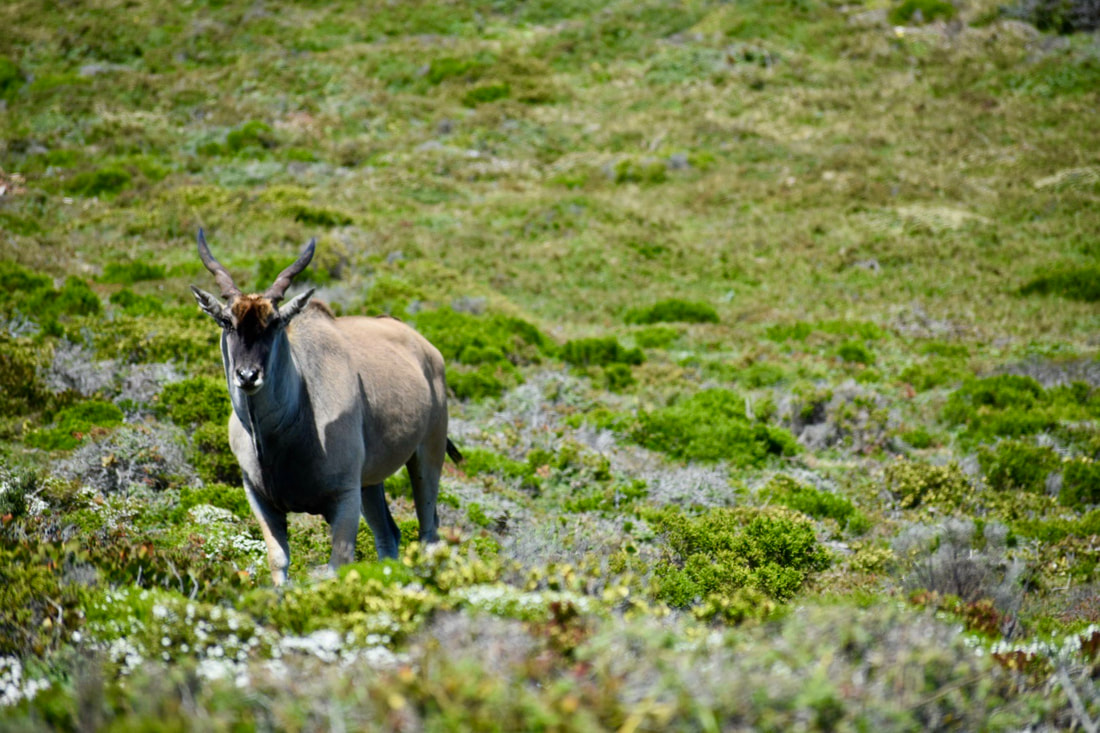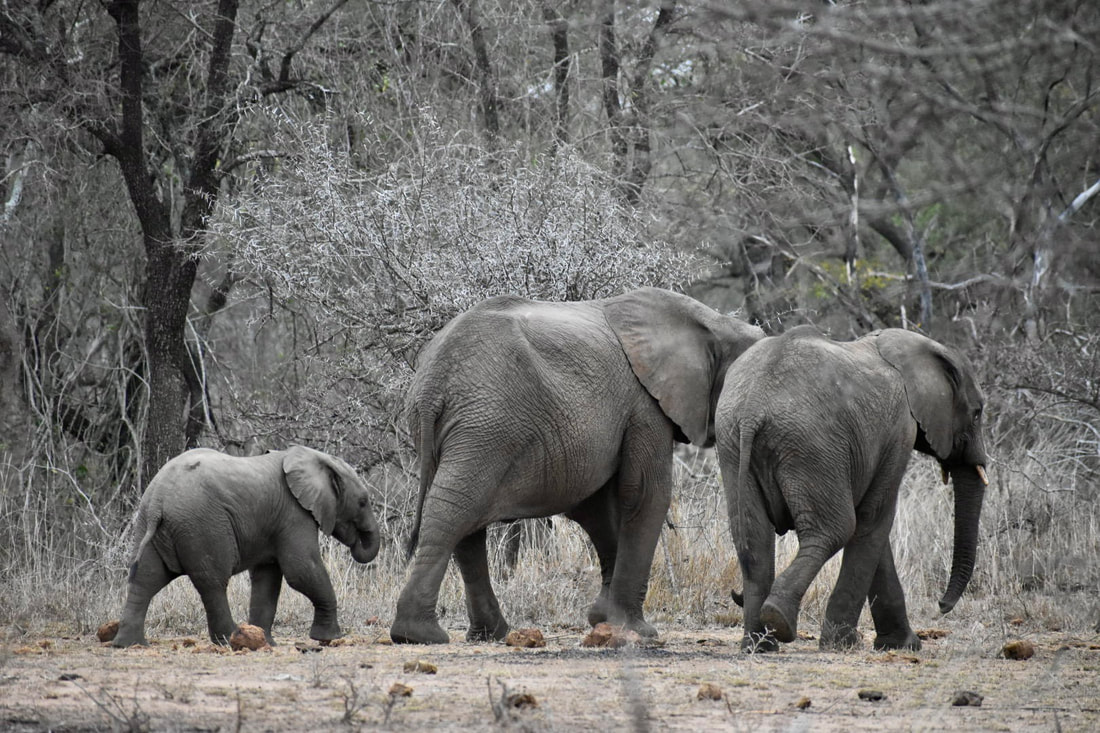guiding questions
|
talk to me about...
|
research projects
Antelope and a changing worldMy Ph.D. dissertation covered three elements of change for African antelope populations: (1) artificial waterhole provisioning, (2) climate change (warming and drying), and (3) veterinary fencing. Click here to learn more. |
Elephants and veterinary fencesAs part of the Beyond Fences Initiative, this project uses advanced computer modeling, drawing on existing datasets from radio-collared animals, to investigate how elephants and other mammals currently move about southern Africa's KAZA TFCA. Click here to learn more. |

